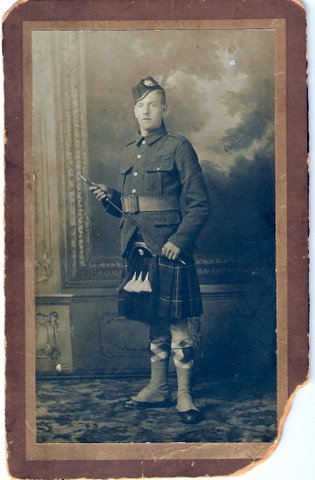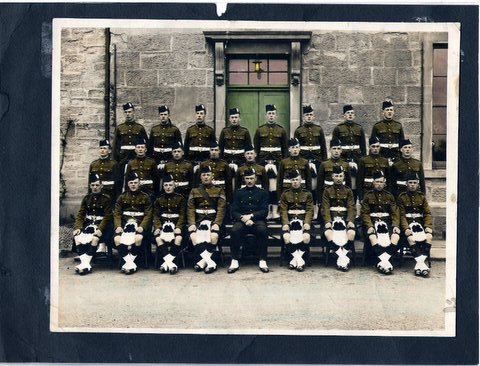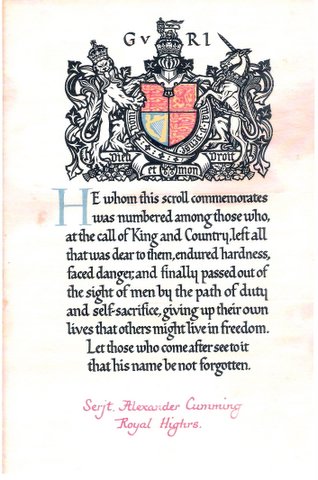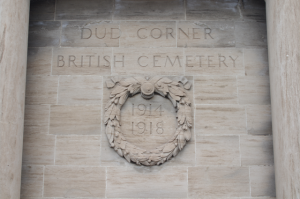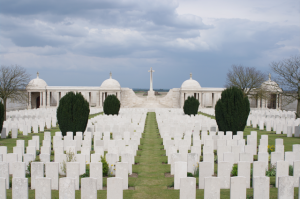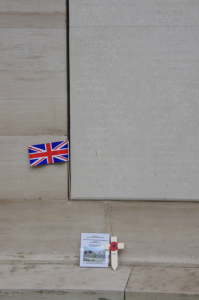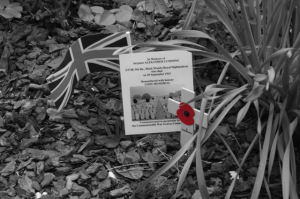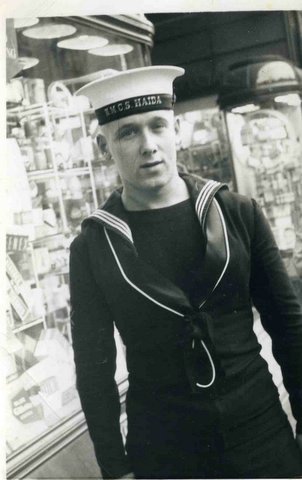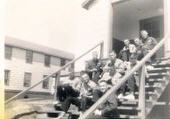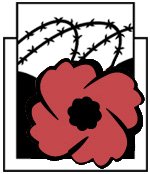In 2010 the last Canadian veteran of WWI passed away; a moment in history that should have been stamped upon each of our memories. It’s not. Many I’ve encountered are not even aware this milestone has passed. The last survivor of a ghastly event in our history is gone. Aside from stories collected over the years, there is no one left to stand before us and remind us how horrific man can be towards his fellow man.
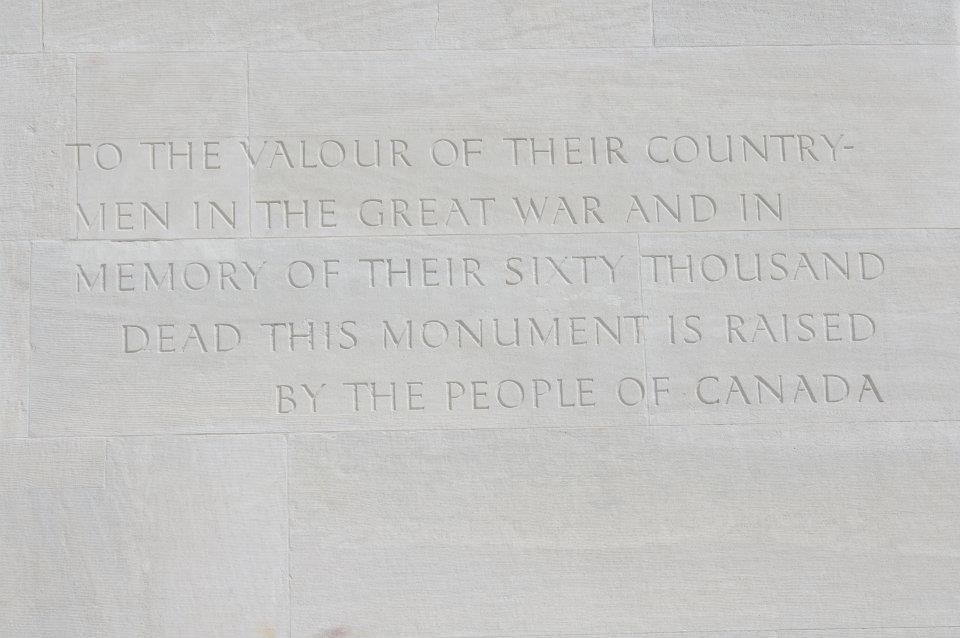
Inscription on Vimy Ridge Canadian War Memorial
When I was a child, Remembrance Day wasn’t a holiday. If November 11 fell on a school day, we spent the day in classes, breaking to attend ceremonies at the nearest cenotaph. Some schools held Remembrance Day assemblies in addition to attending the cenotaph. When I was an air cadet, we left classes early to participate but returned to the normal school routine once the ceremonies were over. I don’t recall when the change was made to provide us a day off on the 11/11. Perhaps not until I’d graduated and moved on to University. I’m sure some of my old classmates can correct any errors in my memories of the time period.
The ceremonies were somber. Often delivered on a cold day where the remaining WWI, WWII and Korean veterans quietly stood, as erect as possible, with dignity and determination. And tears in their eyes.
By the time I reached high school, I remember being disturbed by the apparent lack of respect my generation had for both the day and the veterans who came to speak at our school and our cenotaphs. Poppies were often flung to the floor as soon as the day’s assembly was over. I recall my horror at this casual attitude towards the poppy and all it represented as being the motivation behind my second place finish (provincial level) in the Royal Canadian Legion’s writing contest. I mused then that we were beginning to forget; beginning to cease caring. I hoped I was wrong. 20 years on, I fear my younger self may have been on to something.
Perhaps it’s a commentary on where I live, work and play, but I’ve noticed a trend in who I see wearing poppies in my wanders these past few weeks; the elderly (not unexpected), visible minorities, and the marginalized (homeless, addicts, working poor, etc.). Those I would expect to be wearing poppies – businessmen and women, students (both k-12 and university/college age), and middle aged – seem to be few and far between in my counts. That’s not to say that no one in the previously mentioned categories is wearing poppies. I’m just not encountering them often in my day-to-day routines.
Wearing a poppy isn’t about condoning wars. It isn’t about glorifying one nation’s soldiers over another’s. It’s about taking a few minutes to acknowledge that horrific things have happened in our past – and continue to happen on a daily basis in the present – brought on by greed, politics, ethnocentrism, gender bias and a host of other sources. It’s about recalling that, on a regular basis, we have asked the impossible of our young men and women; generation after generation. We’ve asked them to leave their homes, their families, their work, their futures and their sanity. For many, our politics have resulted in the sacrifice the soldier’s and support worker’s lives.
Remembrance Day shouldn’t be another holiday; a day off work or school to play or shop. It should be a somber reminder that when egos and icons become too big for their britches, we tend to ask too much of some of our citizens. And they deserve our acknowledgement and respect for answering the call time after time. Considering all they have given, a moment of silence to consider both what they’ve gone through and what we expect of the current crop of soldiers is hardly too much to ask. Nor is wearing a poppy to display a visible reminder to those few WWII, Korean, and the ever growing new crop of Afghanistan war veterans that, for a moment in time, we appreciate and thank them for their service.
I, for one, refuse to forget.

